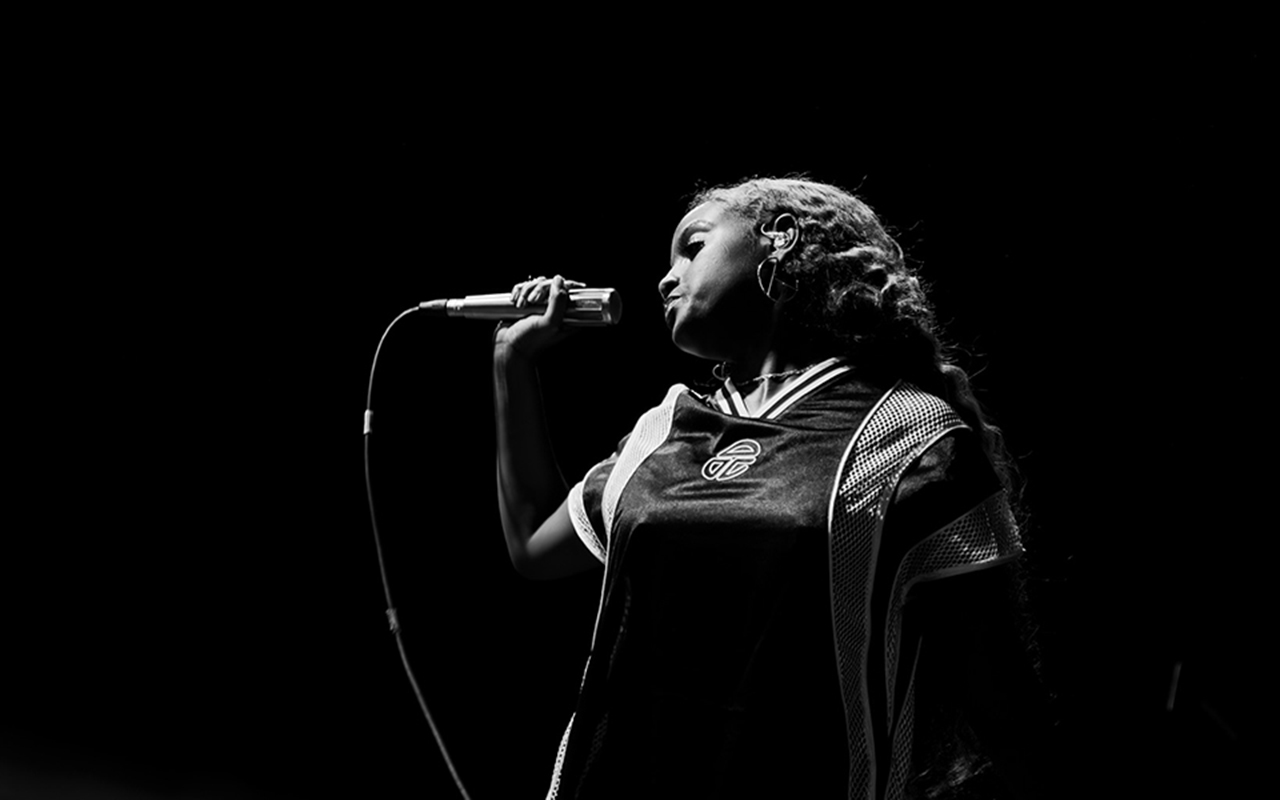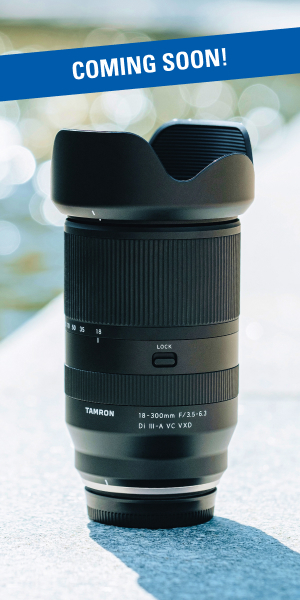Com a chegada do verão, estou ansioso pela próxima série de shows e pela oportunidade de adicionar novas fotos de shows à minha coleção. Em vez de canhotos de ingressos ou camisetas de turnês, prefiro capturar memórias por meio das lentes - e isso começa com a compreensão das configurações da câmera para fotografia de shows. Se estiver fotografando com pouca luz, navegando pelas restrições do local ou apenas tentando congelar a energia de uma apresentação ao vivo, é essencial ter o equipamento e a abordagem corretos.
Neste artigo, você aprenderá:
- Como escolher a lente certa para locais pequenos ou grandes
- Os melhores modos de exposição e por que a prioridade do obturador funciona
- Limites ISO recomendados e técnicas de foco
- Como adaptar a medição e o balanço de branco para iluminação complicada
- Opções simples de equipamentos para obter melhores resultados na fotografia de música ao vivo
Imagens e dicas de Armando Flores
DICA 1: Escolha a melhor lente para a configuração de seu local
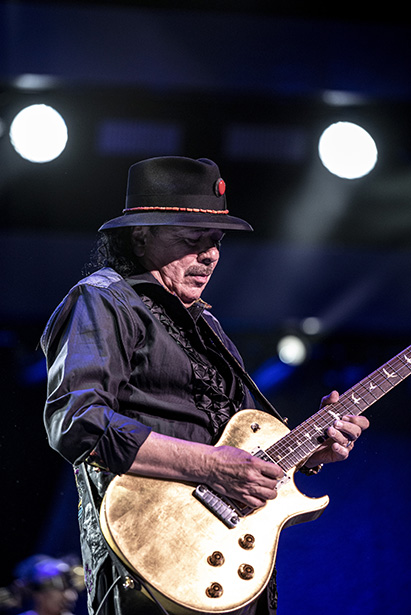
O equipamento de fotografia de shows começa com a lente certa - e isso geralmente depende das restrições do local. A maioria dos locais não permite lentes com mais de 15 cm ou câmeras que pareçam "profissionais". É por isso que prefiro câmeras compactas zoom tudo em um lentes combinadas com Sensor APS-C que ajudam a aumentar a distância focal efetiva.
Lentes recomendadas com menos de 15 cm:
Um sensor APS-C multiplica sua distância focal em cerca de 1,5x. Assim, uma lente de 300 mm se torna equivalente a 450 mm, perfeita para fotos de palco em close-up, mesmo em meio à multidão.
Dica profissional: Se você obtiver um passe de imprensa, poderá ignorar as restrições de lentes - portanto, mantenha uma lente mais longa, como uma 70-180 mm, em sua bolsa, por precaução.
DICA 2: Use a prioridade do obturador para objetos em movimento
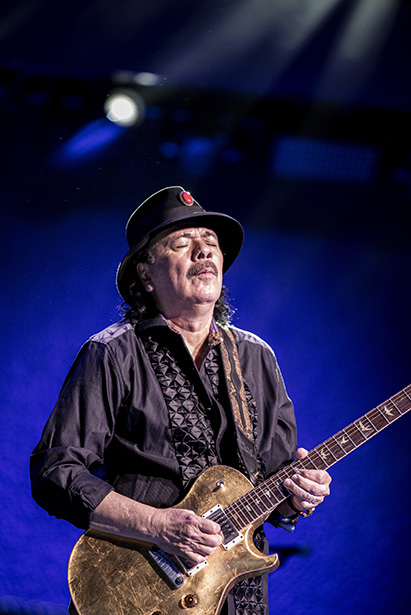
As condições de iluminação em shows são tudo menos previsíveis. Os artistas se movem, as luzes do palco piscam e o disparo com a câmera na mão adiciona tremor. O modo de prioridade do obturador (modo S ou Tv) oferece controle sobre o desfoque de movimento, permitindo que você selecione a velocidade do obturador enquanto a câmera ajusta a abertura.
Para ação rápida e fotos com a câmera na mão, eu recomendo:
- Velocidade mínima do obturador: 1/250 s
- Velocidades mais rápidas: 1/500-1/1000 s para objetos que pulam ou dançam
Dica profissional: Comece com 1/320 s e teste uma sequência de fotos para verificar se há desfoque de movimento. Ajuste conforme necessário com base no ritmo da apresentação.
DICA 3: Defina as principais configurações da câmera
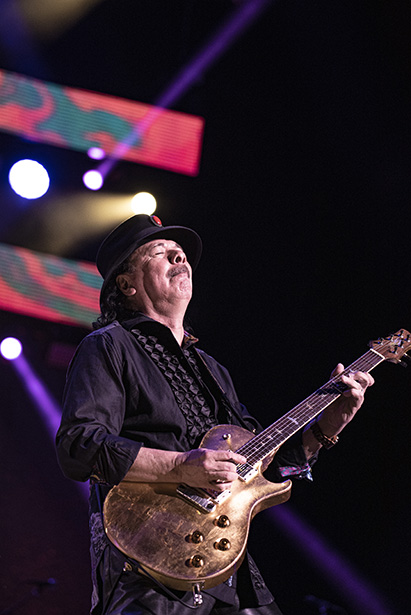
Depois de definir a lente e o modo de exposição, é fundamental fazer o ajuste fino do restante das configurações da câmera para a fotografia de shows.
Configurações recomendadas:
- Modo de foco: AF contínuo com foco de ponto único
- Modo de direção: Burst baixo contínuo
- ISO: ISO automático com um máximo de 3200 (ou mais, se a sua câmera lidar bem com o ruído)
- Medição: Medição pontual vinculada ao seu ponto de foco
- Formato da imagem: RAW para flexibilidade no pós-processamento
Essas opções proporcionam melhor controle em condições de iluminação imprevisíveis e ajudam a garantir a nitidez dos objetos mesmo com movimentos constantes.
Dica profissional: Defina um ISO máximo personalizado para evitar ruído excessivo - 3200 é uma boa base, mas as câmeras mais novas podem lidar com 6400 ou até 12800 de forma aceitável.
DICA 4: Converta para preto e branco quando as cores ficarem confusas

As luzes de shows podem desequilibrar seu equilíbrio de branco - vermelhos, roxos e verdes dominam o palco. Mesmo com arquivos RAW, pode ser difícil recuperar uma aparência natural. É nesse momento que o preto e branco se torna uma poderosa ferramenta criativa. Ele não apenas elimina as distorções de cores que causam distração, mas também enfatiza o humor, a emoção e o contraste.
Dica profissional: Quando uma foto estiver com muita saturação de cor ou for difícil de corrigir, desature-a e aprimore o contraste na pós-produção. O preto e branco granulado pode parecer atemporal.
Considerações finais: Esteja preparado, seja flexível
Dominar as configurações de fotografia de shows é parte arte, parte ciência. Você precisará fazer experiências com o equipamento, prever mudanças na iluminação e adaptar-se rapidamente à energia de cada apresentação. A preparação compensa, assim como a criatividade - portanto, não tenha medo de tentar novas composições ou efeitos.
Independentemente de estar fotografando do fosso ou da fileira de trás, as configurações corretas da câmera para fotografia de música ao vivo podem ajudá-lo a congelar o momento e revivê-lo por muitos anos.
Saiba mais sobre as lentes Tamron em um revendedor autorizado Tamron em sua área ou visite o site Loja TAMRON hoje.
